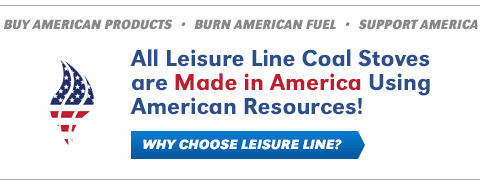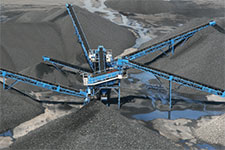
More recently, in the past 50 years the coal mining industry has come under an extreme amount of federal regulations in labor laws and environmental protections. Today, every ton of coal has a tax assessment attached to it to pay for the past years of neglect to our environment.
Bituminous Coal Versus Anthracite Coal
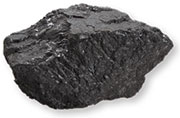
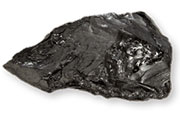
Key Attributes of Using Anthracite Coal
- All Anthracite Coal used in the U.S. is produced in the Northeast Region by American workers.
- It’s currently the most abundant and economical fossil fuel available on the earth.
- It burns at the highest level of BTUs of all fossil fuels, 25 million BTUs of heat per ton.
- It’s very low in sulfur and volatile content compared to other competing fuels.
- It’s primarily mined on the surface, retrieving coal that was abandoned from deep mines underground by drag-line shovels, better known as strip mining.
- All Strip Mining Land is reclaimed and filled, and regulated by the government.
- Environmentally Sound, Anthracite coal is a full-cycle resource. Burn it for heat, use the ashes for acetic landfill and crop fertilizers.
- Safety – It is the safest fuel to use, maintain & burn, using low maintenance and self-serviceable burners. There are no concerns of chimney fires, leaking fuels or gases and is safely stored for extended periods.
Fact Sheet on Anthracite: https://www.blaschakanthracite.com/wp-content/uploads/Anthracite-Advantage-Fact-Sheet1.pdf
Anthracite coal is the better choice when considering your next heating or supplemental heating resource.
Anthracite Coal burns HOTTER than other fossil fuels.
All resources that are burned as fuels or used to generate heat are measured by the British Thermal Unit, also known as BTUs. They are compared to each other by the amount of energy required to generate 1,000,000 units of heat. Anthracite coal is the hottest burning fuel in comparison to the most common ones in use.
Example – It takes one ton of Anthracite Coal to produce 25,000,000 BTUs of heat
Anthracite Coal / One long ton 2,200lbs = 25,000,000 BTUs of heat
Natural Gas produces 1,021,000 BTUs / Per 1000 Cubic Feet
Petroleum Fuel oil produces 5,871,390 BTUs per barrel / 42 gallons
Environmentally cleaner than other fossil fuels.
Due to its low sulfur content, Anthracite coal produces virtually no smoke or particulate emissions. This is a major problem with cord wood and pellet burning stoves. Modern day Anthracite coal burning stoves and furnaces, such as those from Leisure Line, are engineered to burn cleaner and can be used in areas of the country where wood stoves are restricted due to air pollution and forest fire risk from flaming embers from chimneys.
A Better Choice than Wood Pellets for Heating Your Home Or Business.
Anthracite averages 12,500 BTUs per pound, premium wood pellets average only 8,000 BTUs per pound. Wood pellets are made from sawdust then dried and compressed. Current sources for wood pellet materials often require extensive energy consumption to create sawdust from the source material and bring the moisture content down to 6%. Additionally many types of wood pellets contain large amounts of creasote which results in cleaning the typical pellet burning appliance weekly (or sometimes even daily!) to get proper efficiency. Storage of wood pellets is problematic due to sensitivity to moisture. Anthracite’s higher heat content, lower cost per BTU, less frequent required maintnenance intervals, and ease of storage make it the obvious choice.
New Technologies and Engineering designs has made it easier to use.
The days of inefficient burning stoves and shoveling coal are part of the past. The newly engineered changes in furnace design, from automatic temperature control and feed systems to ash removal, have eliminated the constant monitoring of your coal heating system. An average stove that has been filled with 35 – 50 pounds of Anthracite coal will heat evenly without tending for over 36 hours! Technology from companies like Leisure Line Stoves has improved simple yet important things, such as heating our homes easily and efficiently.
It’s “SAFER” than traditional wood & pellet burning stoves, including oil & gas.
Wood and pellet stoves require constant monitoring, especially if they are used for more than just supplemental heating. The danger of creosote fires only gets worse the longer you neglect to do proper maintenance on your chimney or vent system. Loss of the pilot light & subsequent gas leaks are common and dangerous, and oil leakage is hazardous to your home and the environment. Now – compare that to the other form of supplemental heating that is virtually risk free… Anthracite Coal.
It’s more economical than other alternative fuel sources.
Whether you’re heating your home, business, hospital, fire station or a green house, you will save thousands of dollars per year by choosing Anthracite coal for your next heating investment. It’s also less expensive to install and service compared to other forms of heating. An Anthracite coal burning stove or furnace from Leisure Line Stoves is considerably more cost efficient than Cord Wood, Pellets, Gas, Kerosene, Propane, and Oil as an alternative fuel source.
How does Anthracite Coal compare to other fuel costs?
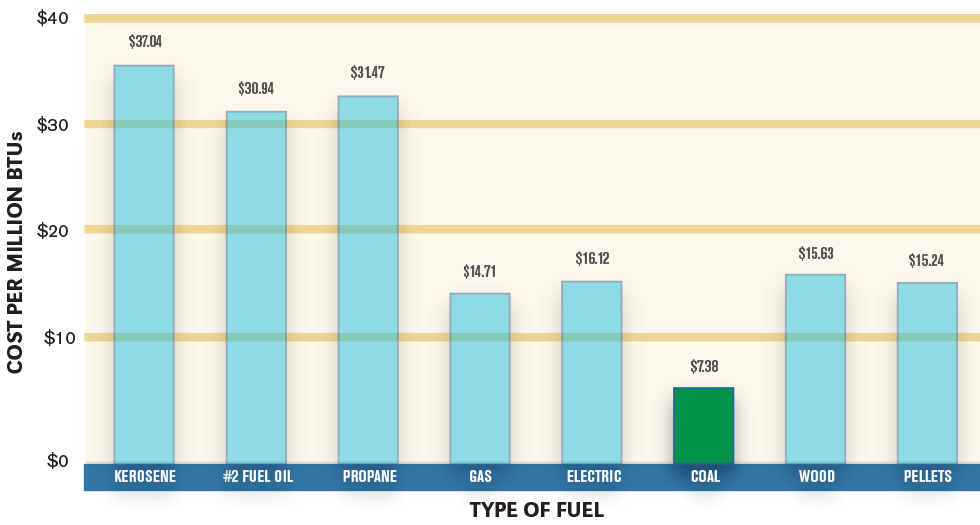
Every day, Anthracite coal is proving to be an economical way to heat your home or business. With it’s cost-per-BTU being the lowest of the most popular fuels, installing a new or converting to an Anthracite coal fuel source from Leisure Line Stoves is a smart way to go. Add this to the positive environmental impact Anthracite mining has on your community and you will find no better way to save money on your heating bills. At the same time, you will know you are helping to conserve other resources that are not as economical to use or in such abundant supply as Anthracite coal.
Responsible, Affordable Energy
Anthracite coal is environmentally friendly and is mined on land that is completely reclaimed and restored after mining. Forests are replenished and re-establish erosion and sedimentation controls allowing proper and natural rain flow to streams and rivers.
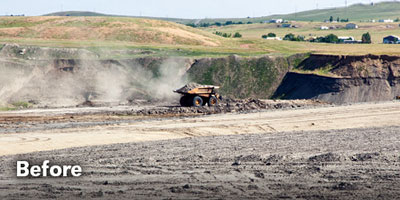
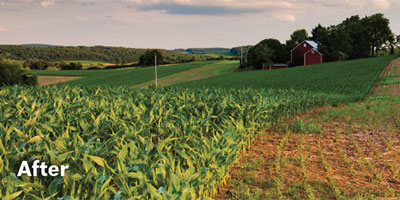
Information sources for this fact sheet include, but are not limited to: www.blaschakcoal.com, www.pacoalalliance.com and the Pennsylvania Anthracite Council


